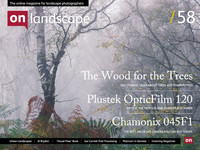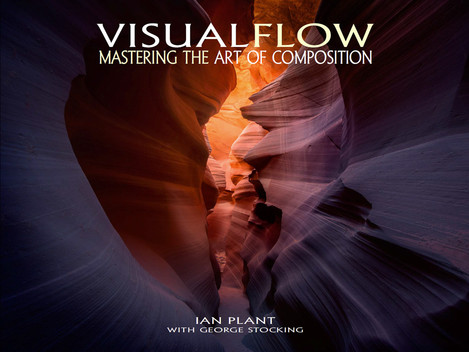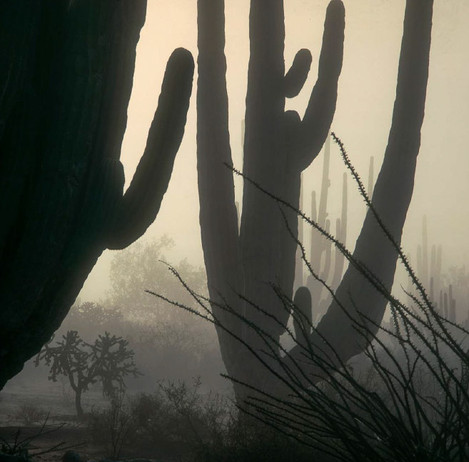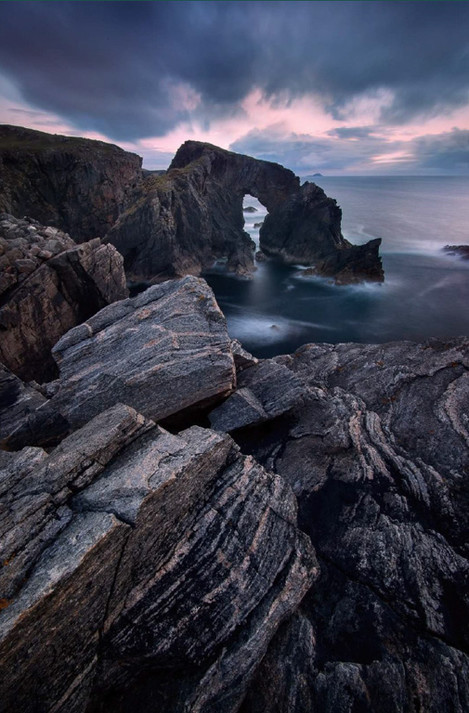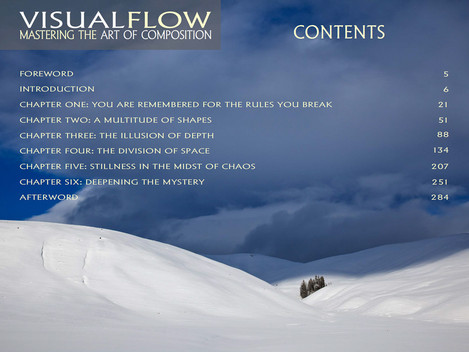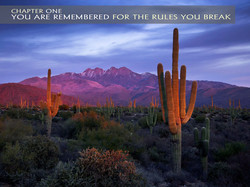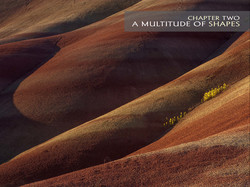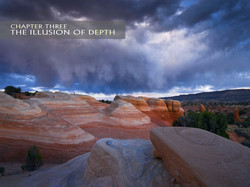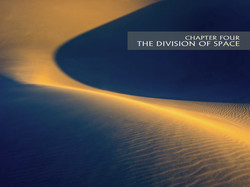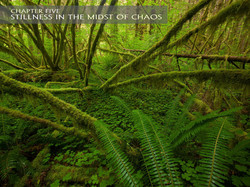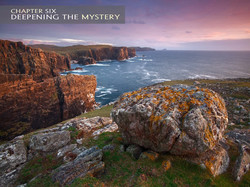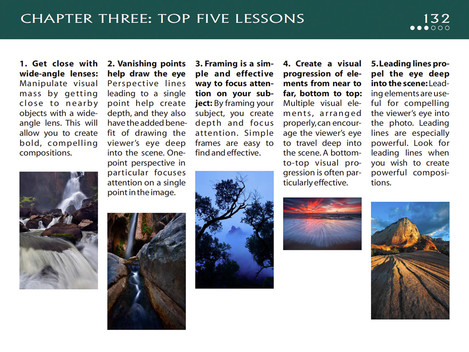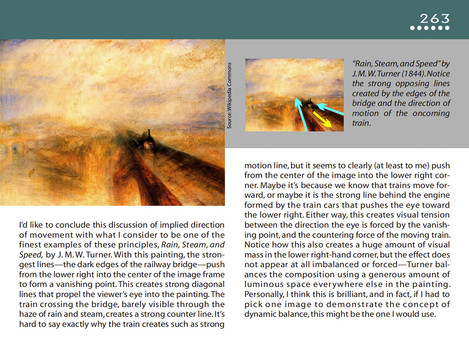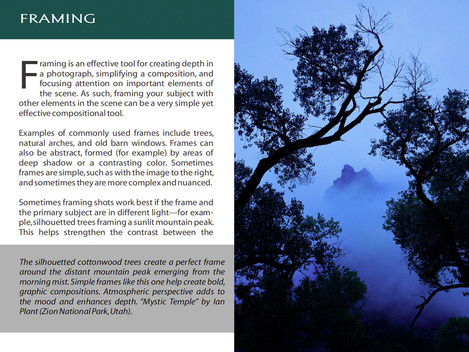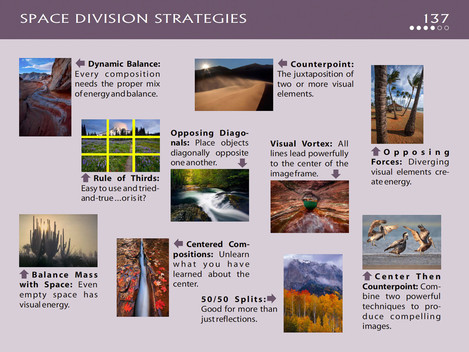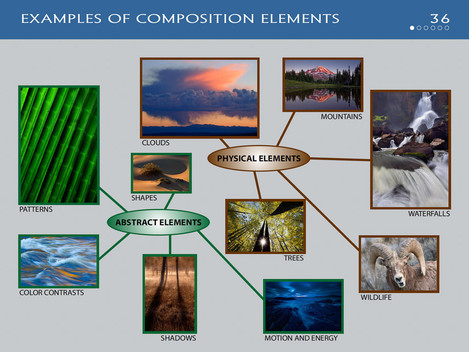The Art of Composition

Tim Parkin
Amateur Photographer who plays with big cameras and film when in between digital photographs.
"Striving to come up with a solution to the never ending, constantly changing visual puzzle that is our universe" - George Stocking
There are literally hundreds of books about composition out there and I think I’ve browsed or own most of them (my wife would probably say all of them) and there is one thing that is fairly consistent across them all and that is a surfeit of superficial platitudes. Very rarely does a book look beyond some of the generally accepted ‘rules’ or try to dig deeper into the reasons why some compositions work and some don’t.
The other aspect is that most composition books are not targeted at landscape photography. Now you wouldn’t think this is a real problem but there is something special about landscape photography that makes composition such an important part. The typical landscape photograph (or painting) does not have an intrinsic narrative, unlike photojournalism, portraiture, sport, etc. The main tool a photographer has to engage with the viewer is composition. Yes, there are definitely aspects of narrative through the use of animism or anthropomorphism (choosing scenes that suggest the objects have an animated spirit of some sort - e.g. the tree as a person; old man. etc.) but I think most people, especially most ‘romantic’ photographers, will agree that composition is one of the most important, if not the most important tool in a landscape photographer's arsenal. As such, the best person to ask about pure composition is a landscape photographer/artist, perhaps closely followed by a proponent of still life.
And if you’re going to look for a book about composition, finding one by authors with as much compositional flair as Ian Plant and George Stocking is going to be hard to beat.
A bit of background first. Ian Plant, ex anti-trust lawyer and twenty-year veteran of the landscape photography business certainly has the credentials for the job at hand, but by the sounds of it the task has become a little too much for one person and he brought in his friend and mentor George Stocking to help. George’s career spans the heyday of colour landscape photography publishing and has published work about his home of Arizona and his style parallels that of Tom Till, Carr Clifton, Jack Dykinga & David Muench - a style of photography that inspired many of the current crop of US photographers. They both began their photography careers using large format cameras and the meticulous, considered approach to composition that is commonly associated with their use is clearly evident in the digital work that they both produce now.
The Book
So what of the book? Well at 287 pages long it is bigger than your average e-book but it is also aimed at tablet reading and hence the amount of text content per page is just enough to consume in bite size chunks and nearly every page includes some fantastic photography from George or Ian.
They’ve decided to split the book into six separate chapters, each addressing an aspect of composition.
1. You are remembered for the rules you break
2. A multitude of shapes
3. The illusion of depth
4. The division of space
5. Stillness in the midst of chaos
6. Deepening the mystery
Chapter One
The first chapter refreshingly tells you to forget all of the rules and ignore the profusion of metaphysical platitudes such as “you have to become one with the landscape”. It quickly points out that composition is the arrangement of abstract shapes, not objects and the control you have over these is where and when to take the picture. seemingly obvious stuff but worth reminding people as the instinct to compose with stuff rather than shapes is quite strong.
Chapter Two
Chapter two discusses gestalt theory in an easily understood fashion (being a description of the way our brain understands objects through extrapolation, continuation etc.) and then describes the various common compositional shapes that form elements of great images.
Chapter Three
Chapter three continues and discusses how these shapes and tools that have been discussed can be used to describe the three dimensional space through various elements of perspective, atmospheric recession, etc. and goes on to discuss the element in the room ‘foreground’ and ‘leading lines’ - such a strong element of the classical ‘near-far’ compositions so popular in classical landscape photography.
All the way through these chapters we have the occasional example image that is discussed, myths that are debunked and references to classical art. But this isn’t to suggest any stuffiness; the language is clear and conversational and refreshingly self-deprecatory at times if a little verbose.
Chapter Four
Chapter four talks of the concept of visual mass and static/dynamic balance; The way in which the shapes and perspective can be arranged to form a harmonious whole including ‘opposition’, where to put the horizon, groupings, etc.
Chapter Five
After the huge amount of information you will have covered by the time you get to chapter five you will be pleased to have a chapter on simplifying these compositional devices. There are a couple of gems in here, the use of visual anomalies - aspects of an image that create a visual dissonance to attract attention or engage - and the use of halos, a specific case of the more general rule of placing dark against light and vice-versa.
Chapter Six
The final chapter “Deepening the Mystery” is really a catch all of some of the non-compositional tools that can affect the ‘weighting’ of parts of an image, i.e. mood, colour, timing, anthropomorphism, etc. This is the only chapter that I felt was a little weak. Although the aspects discussed are well covered - they didn’t really mesh with the rest of the content as well as the previous chapters.
Conclusion
However, this is a small criticism of what is a very engaging and successful book. On top of this the standard of photography is very high indeed and most people would be happy to own a book based on the images alone. With the inclusion of the very well considered text it makes this a fantastic springboard for a journey into the further understanding and use of composition in Landscape photography.
Highly recommended.
You can buy "Visual Flow" from Ian's Dreamscape's website.

